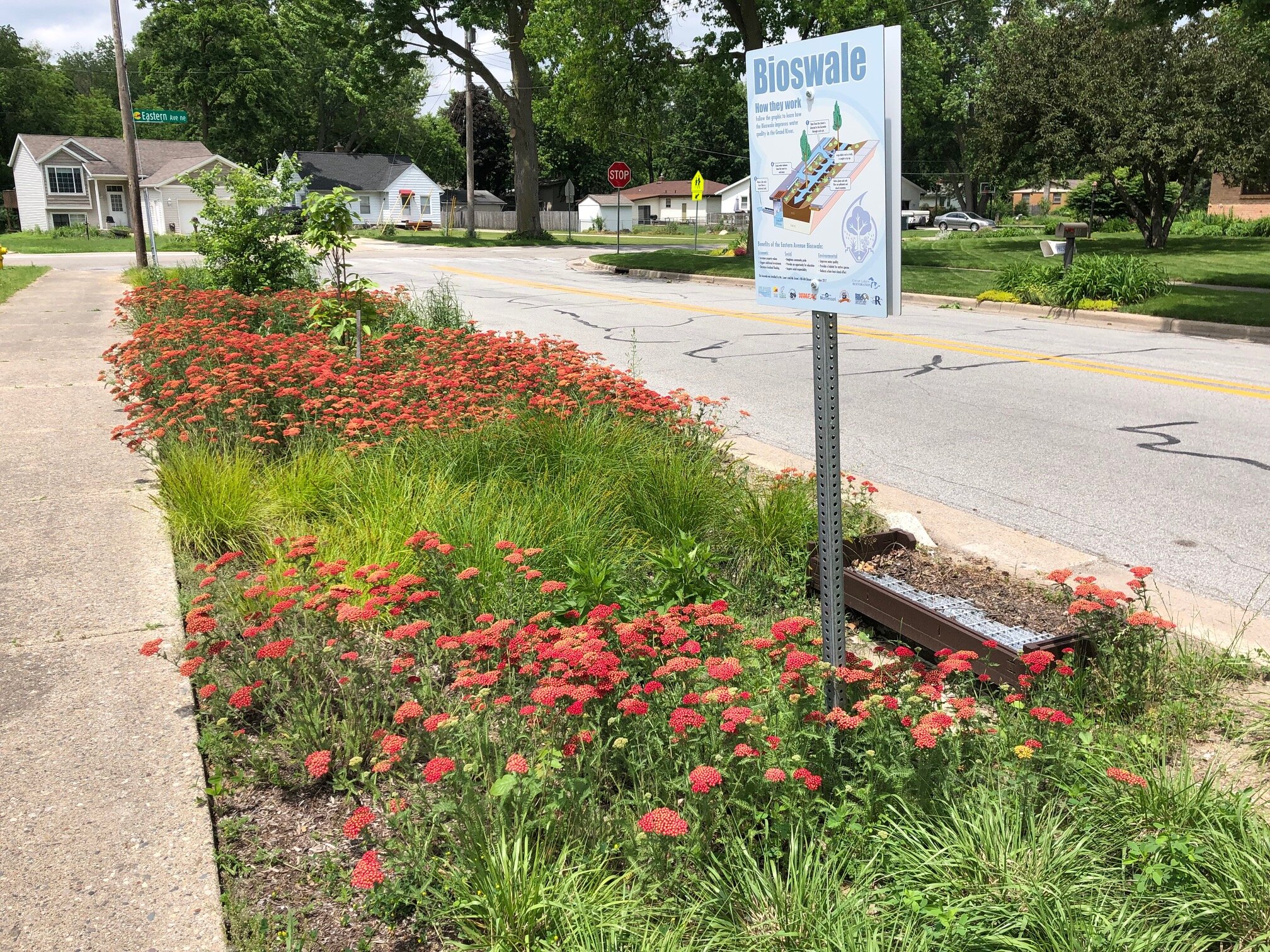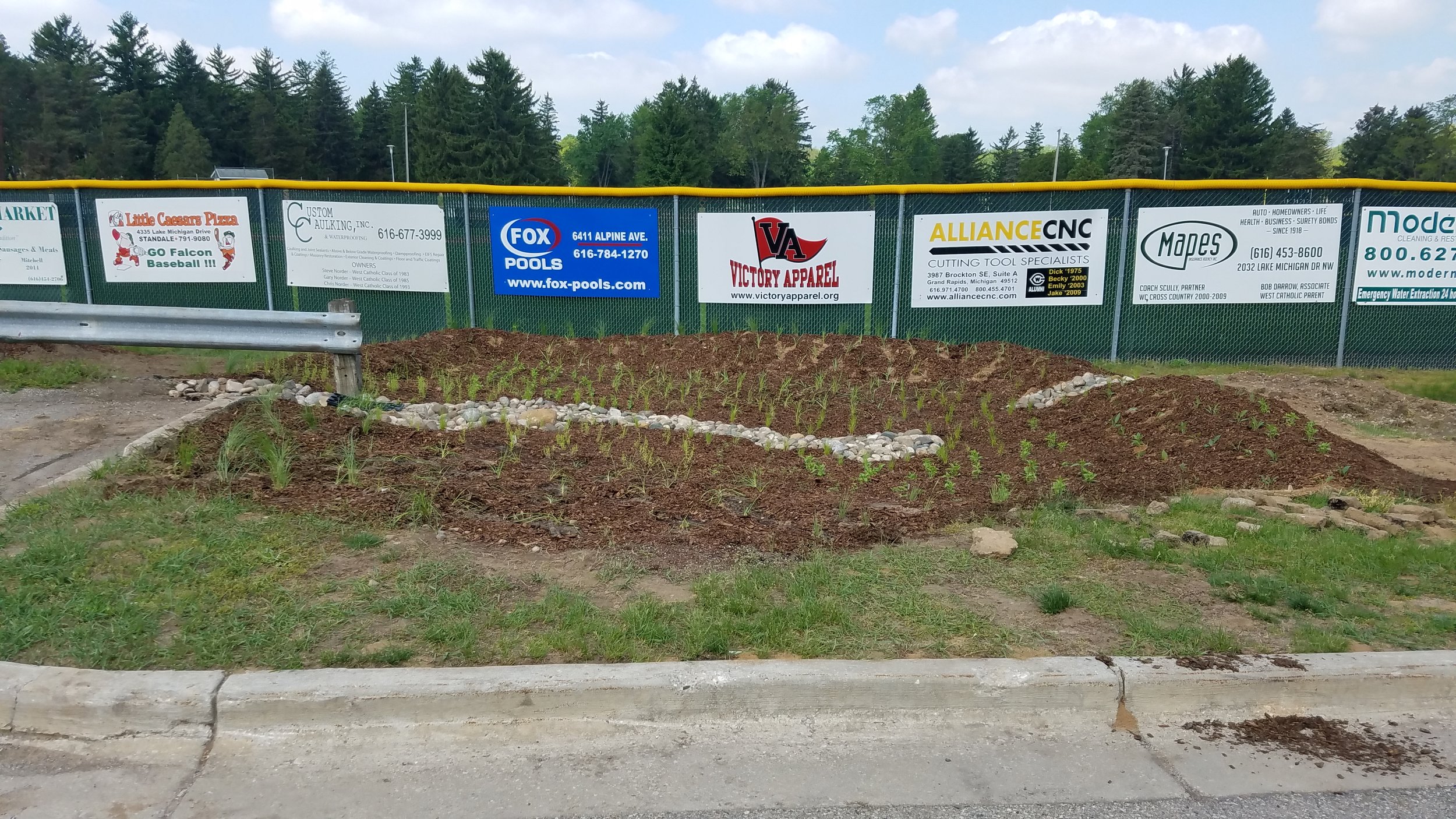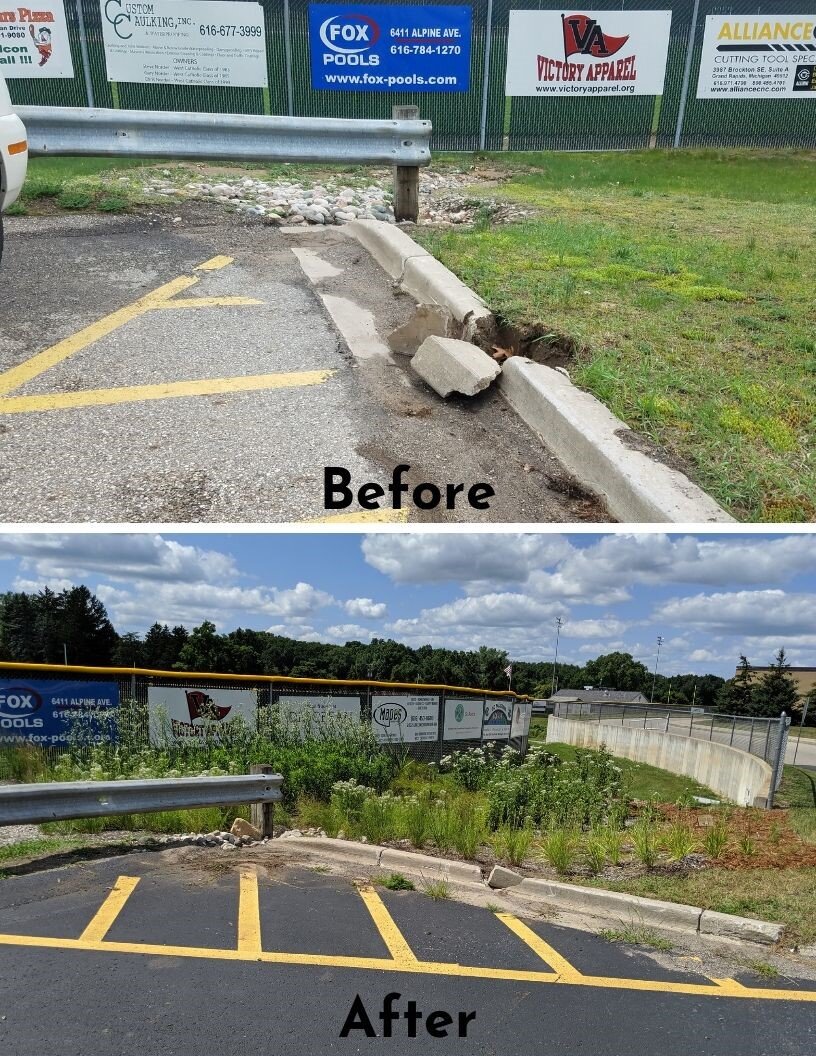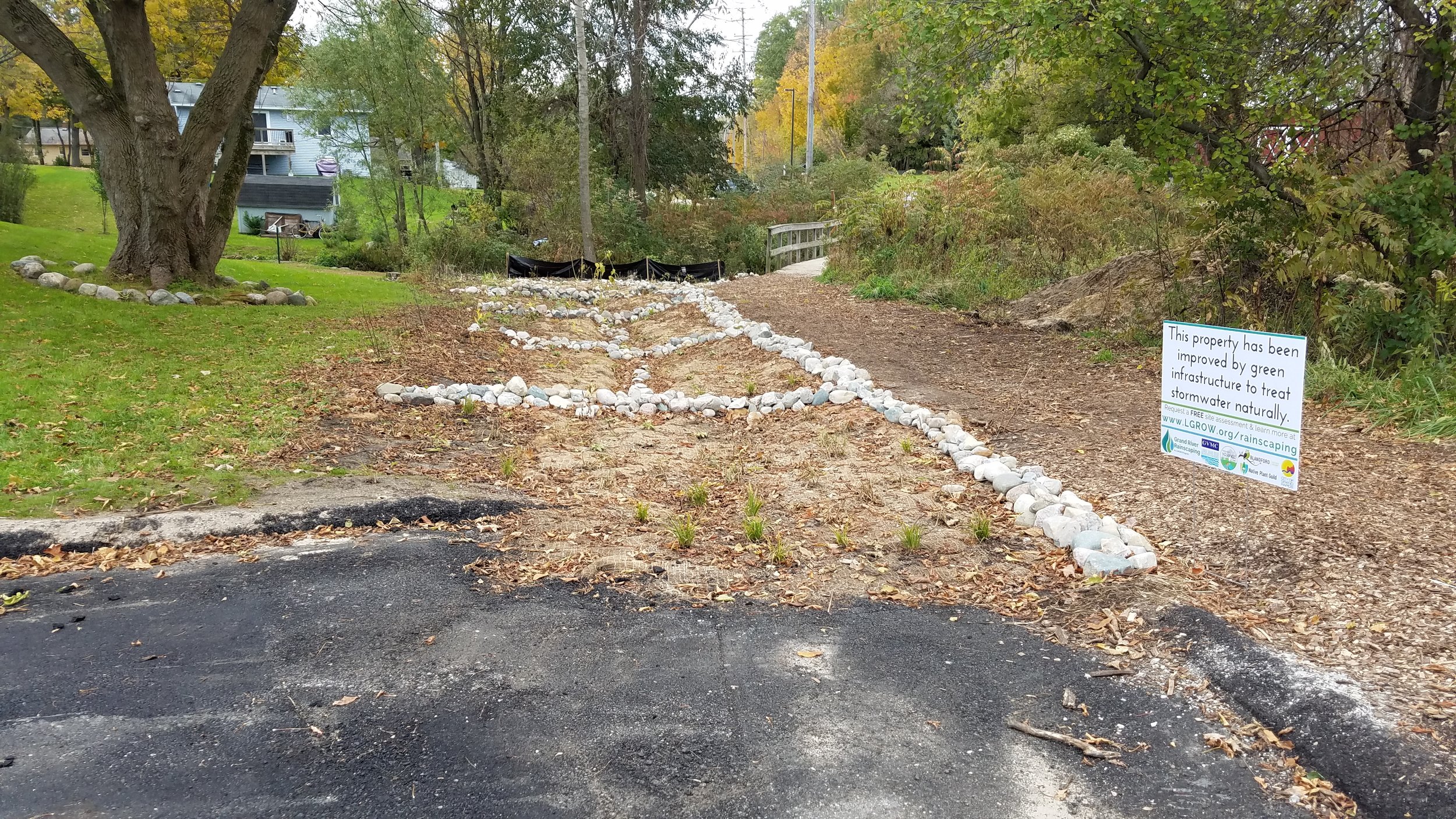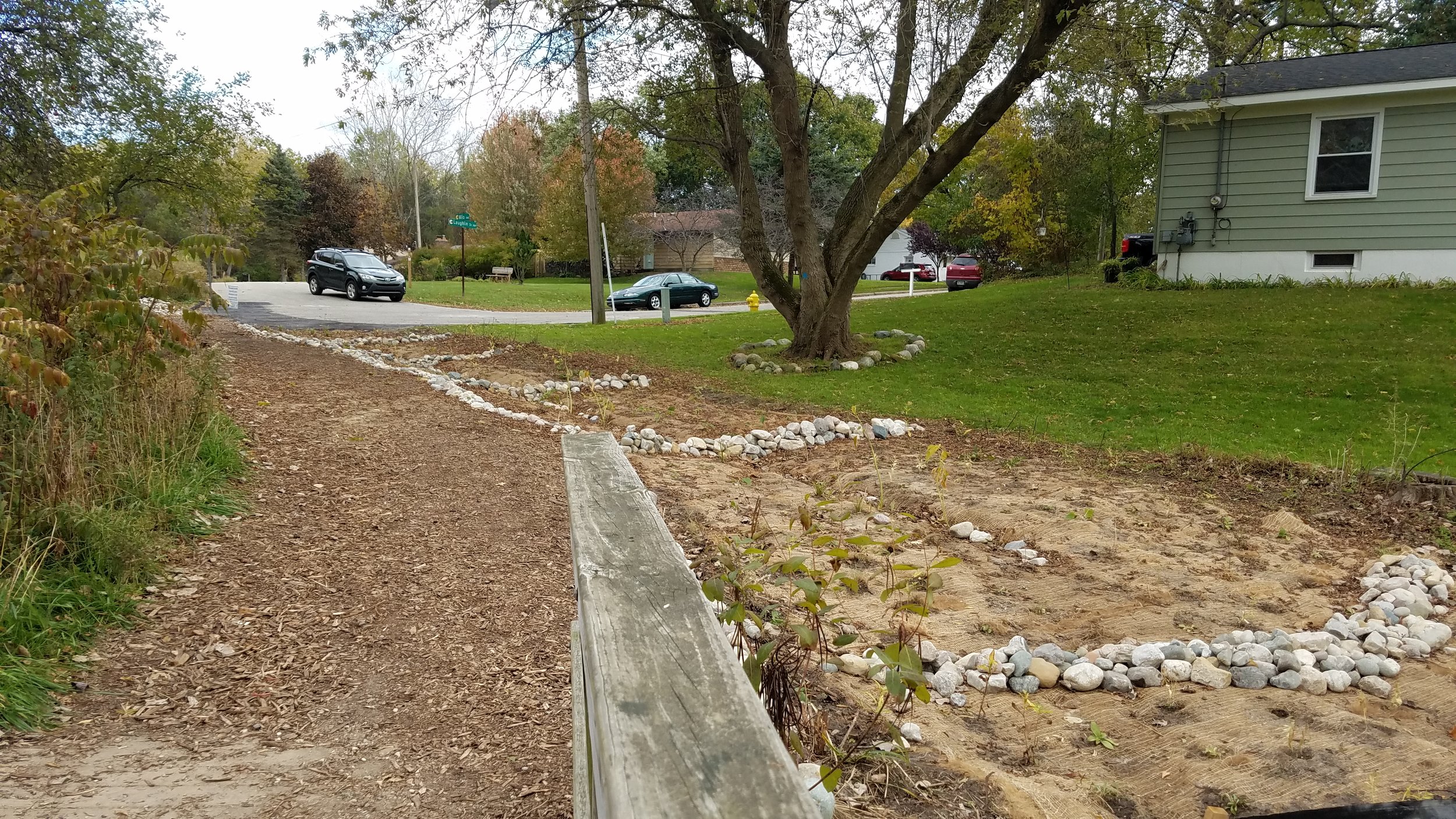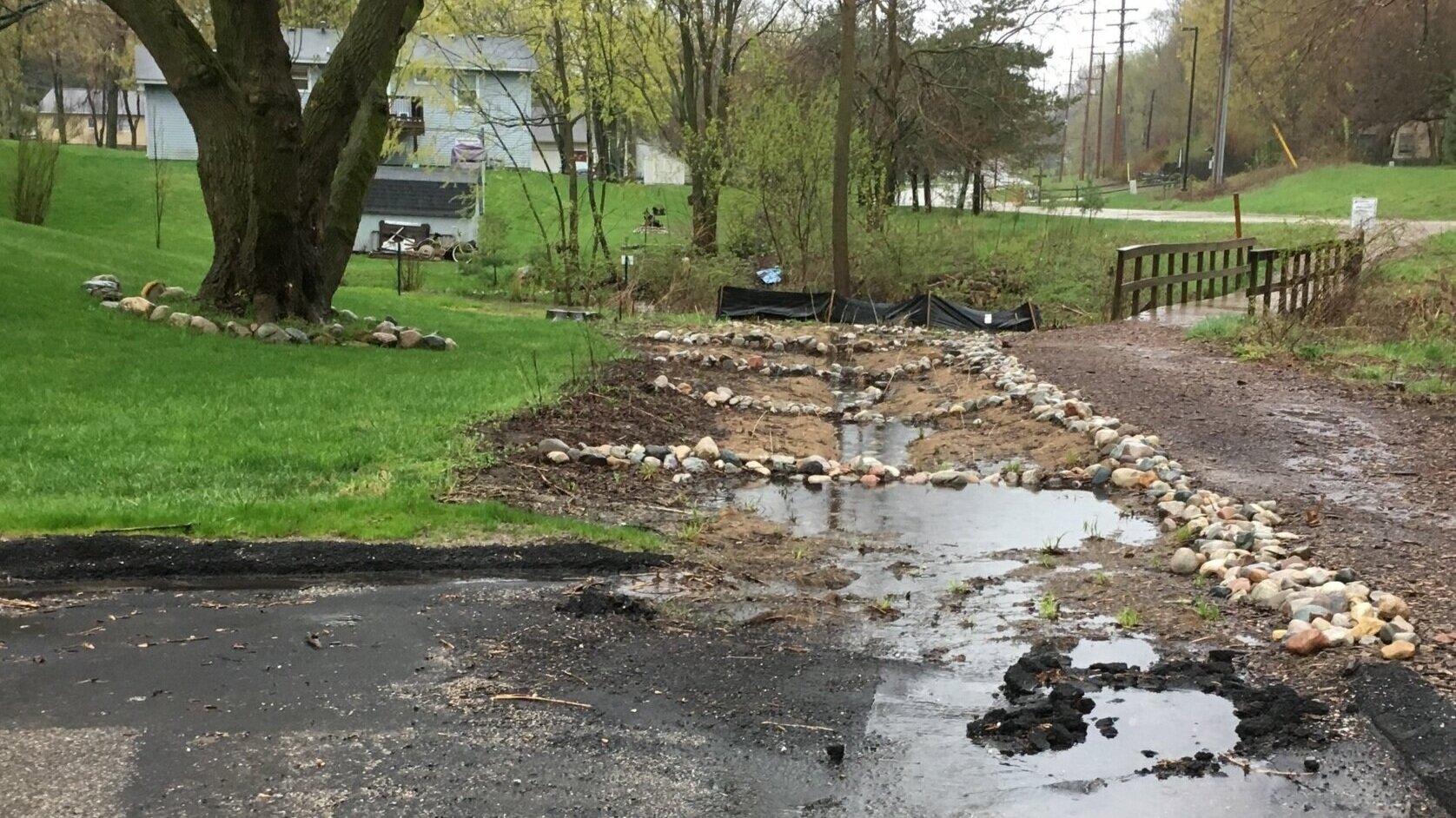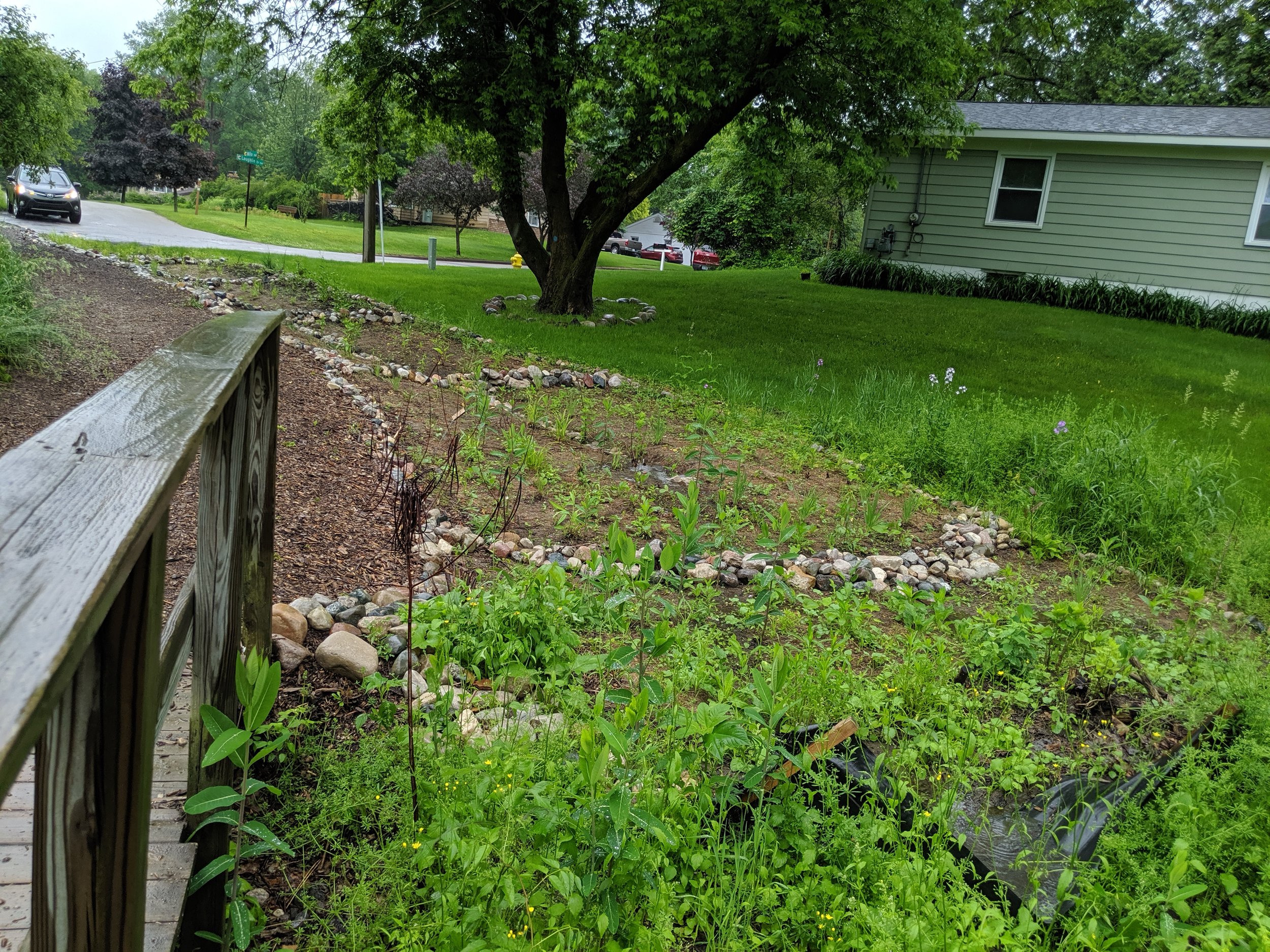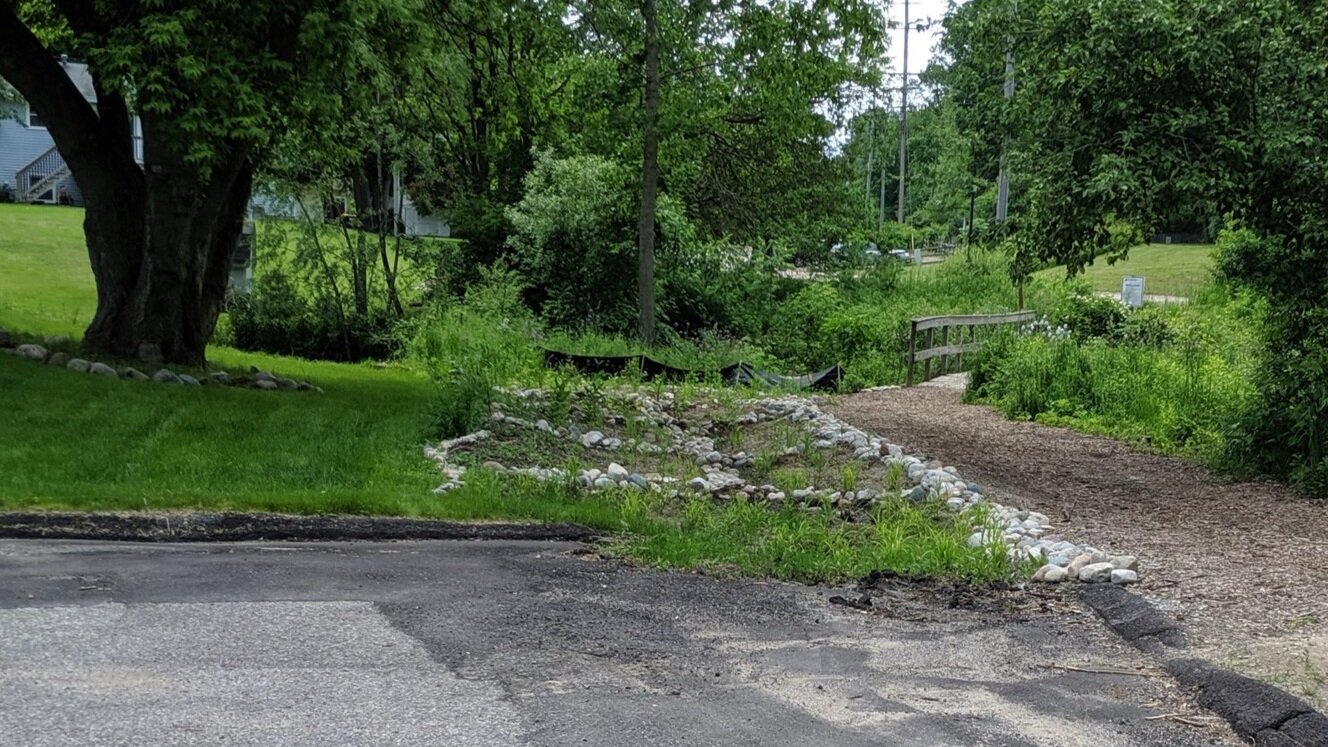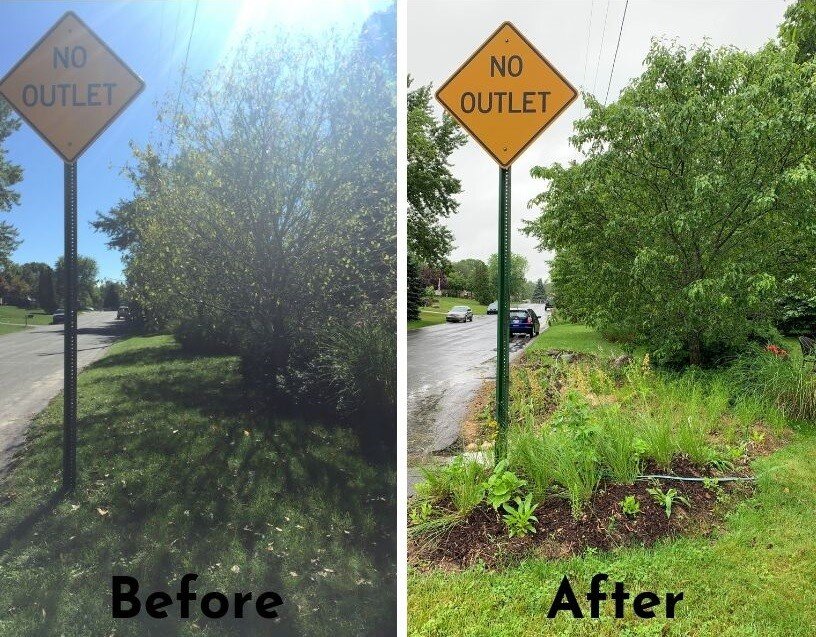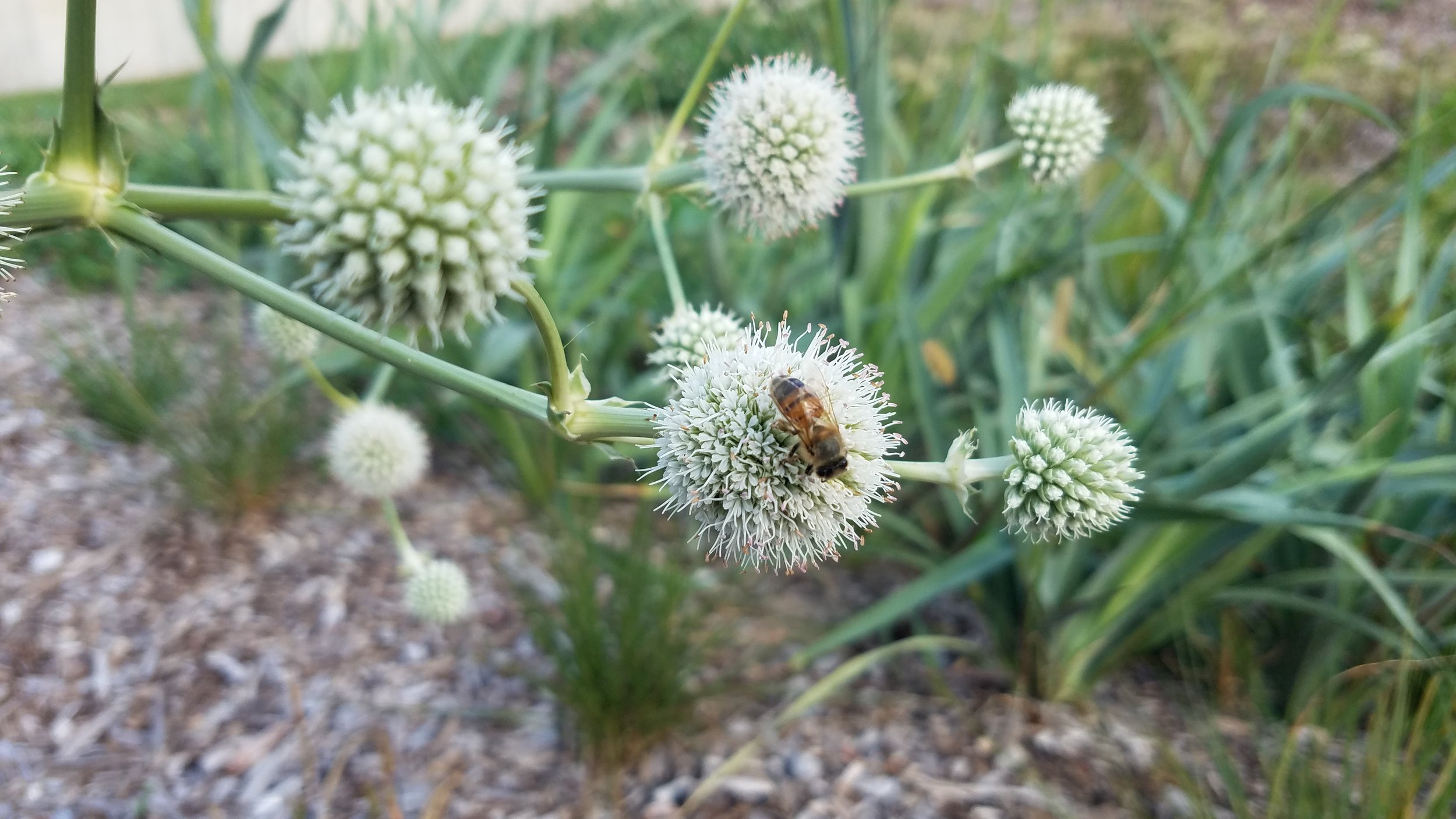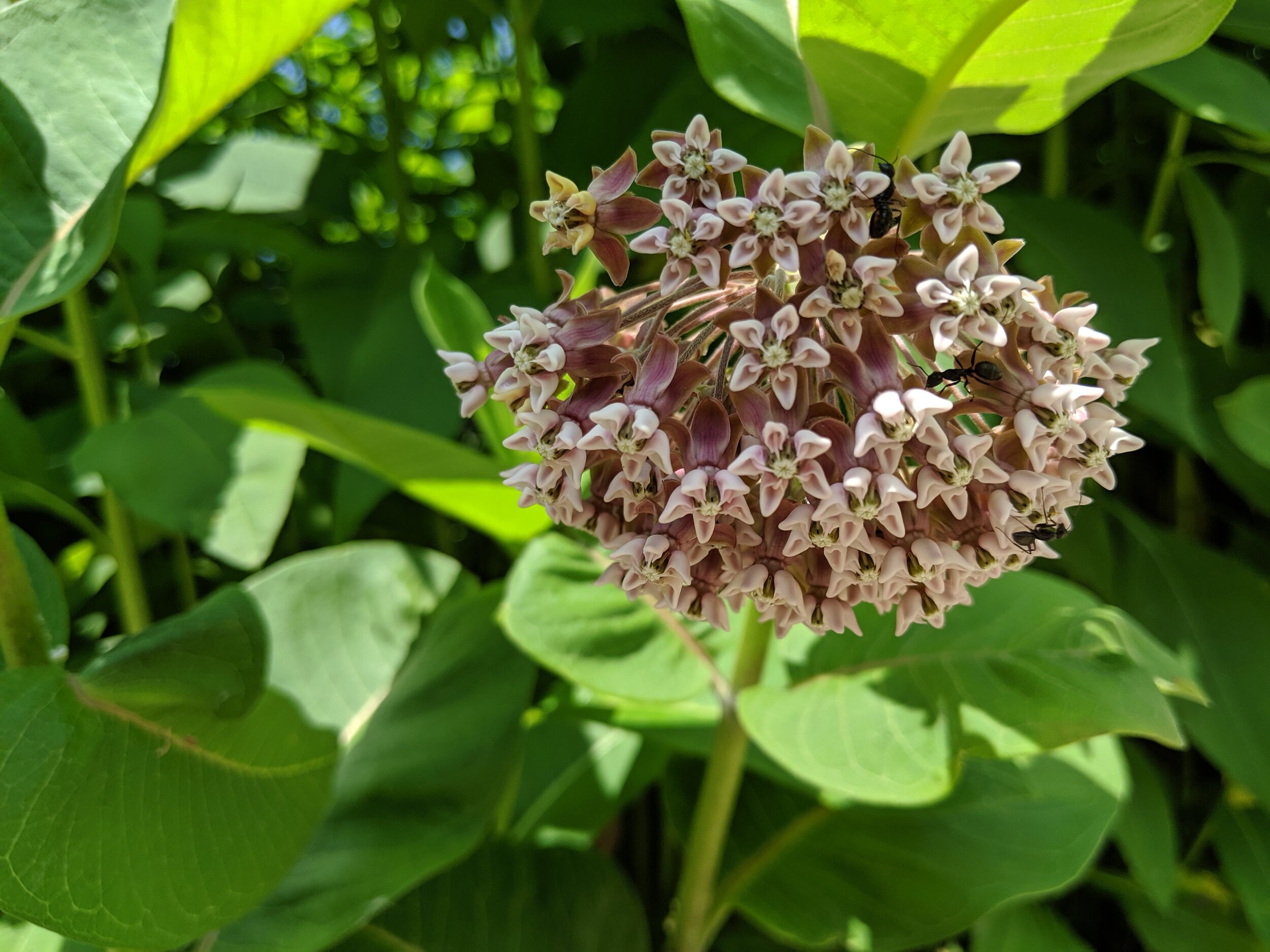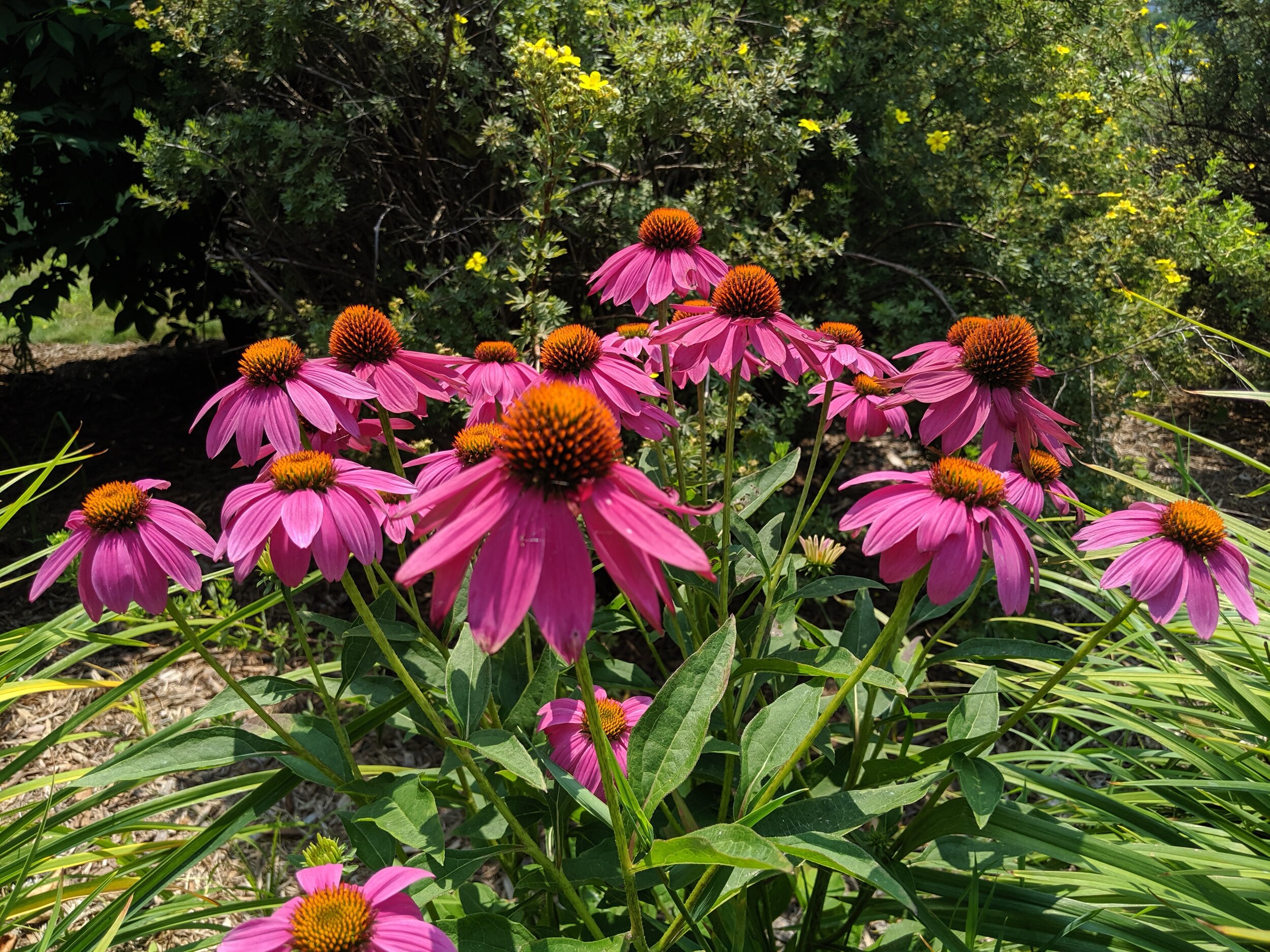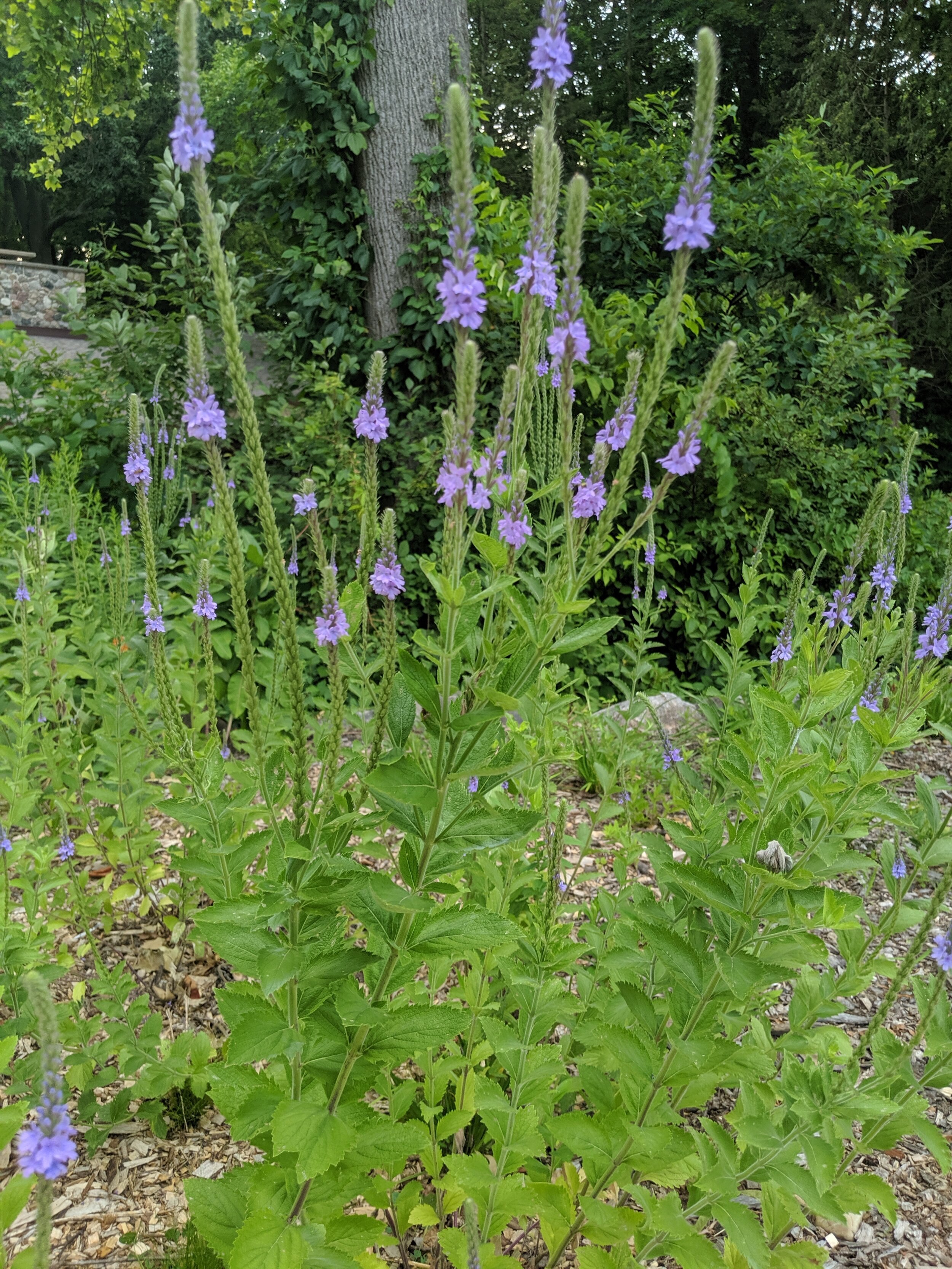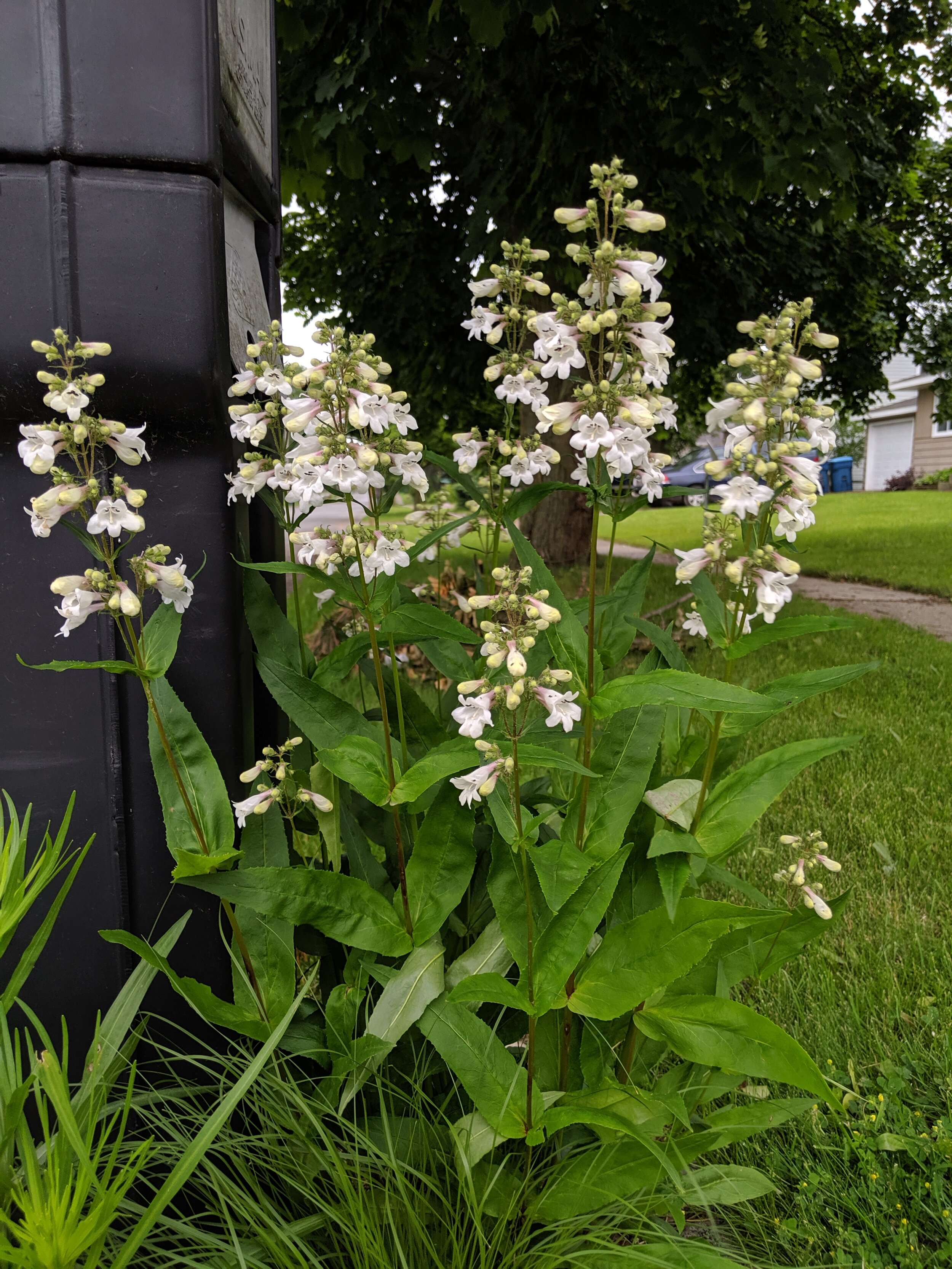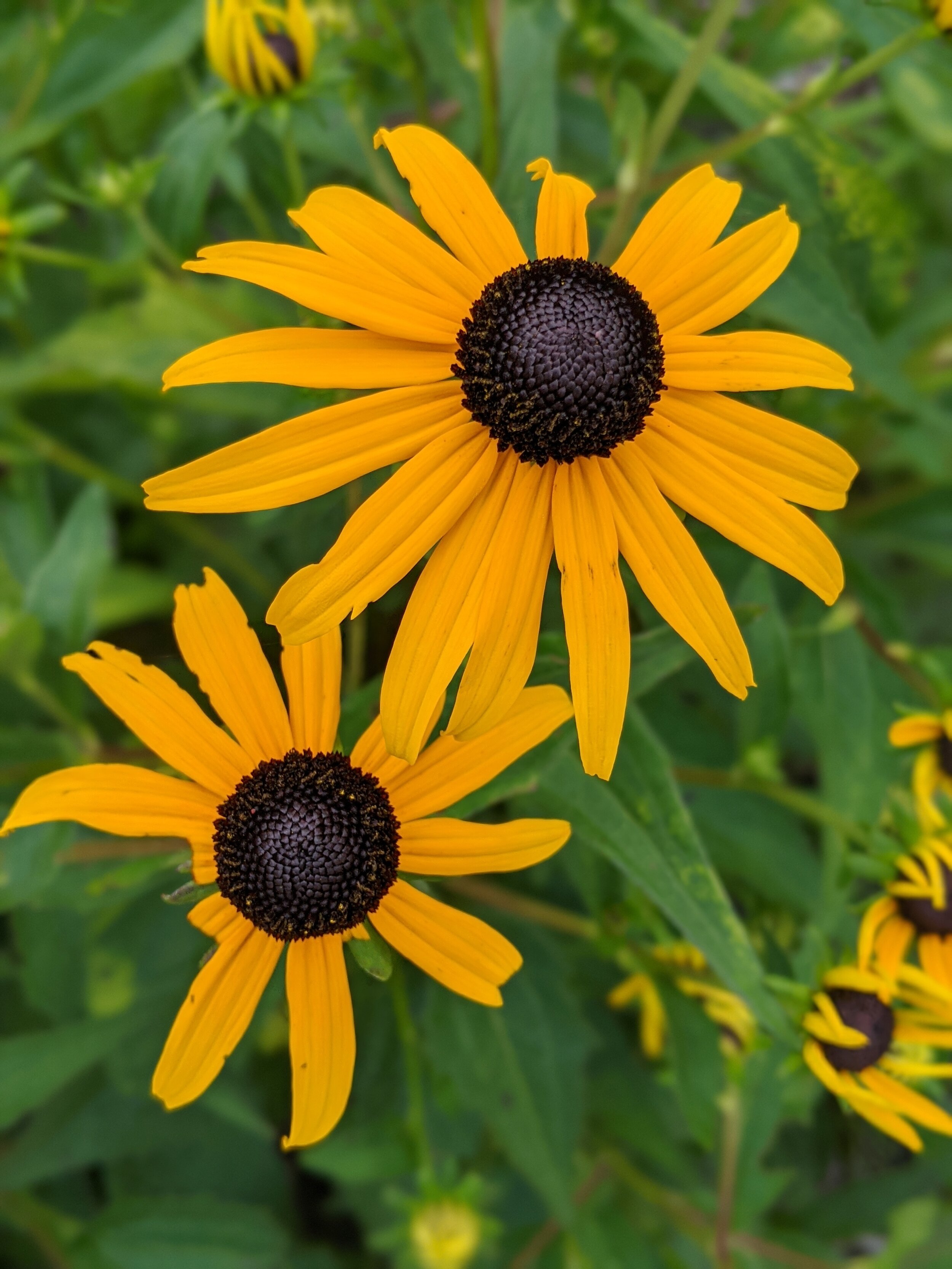What is Rainscaping?
Rainscaping is a method of watershed restoration that promotes green infrastructure by managing stormwater as close as possible to where it falls. Rainscaping captures, diverts, infiltrates, or stores rainwater for a healthy water flow. Homeowners and businesses can customize green infrastructure using skilled landscapers and contractors.
How Rainscaping Can Help You!
Makes your yard a haven for bees and butterflies
Provides food and habitat for local species
Cost-effective way to liven up your community
Improves wet problem areas in your yard
Prevents pollution with sustainable green decisions
Manages your natural resources more effectively
Redesigns urban landscape for environmental health
Meets regulatory and economic goals
Improves overall ecosystem health
Definitions:
Green Infrastructure: is an approach to water management that protects, restores, or mimics the natural water cycle. Mimicking the water cycle by infiltrating stormwater is accomplished by natural systems like rainscaping to reestablish a healthy water flow. These systems allow for the capture or infiltration of stormwater before it is released into conventional storm and sewer systems, protecting our lakes, rivers, and streams from harmful pollutants. Learn more
Rain Gardens: are filled with specifically selected native plants that absorb untreated stormwater in their deep root system, preventing it from contaminating our waterways.
Native Plants/Trees: utilizes indigenous plant species and often attract pollinators and other beneficial insects to the site. Native plants have deep root systems which help stormwater infiltrate the ground, they also require less water, fertilizer, and care once established. Trees are increasingly recognized for their importance in managing stormwater runoff. Roots take up water and help create conditions in the soil that promote infiltration. Depending on the size and species, a single tree may store 100 gallons or more of stormwater.
Curb Cuts: are bio-retention cells where portions of the concrete curb are removed in order to divert stormwater out of the streets and into the streetside rain gardens or other detention basins. The cells are dug so that they are at least 6 inches below ground level and are filled with plants and rocks to slow, spread, and soak up polluted stormwater runoff and prevent it from entering the storm sewer system.
Rain Barrels: are usually made from recycled ~50-gallon barrels but can be bought from home improvement or specialty stores. The barrels are connected to a downspout and capture and store rainwater for later use. Rain barrels can be made at home or bought already constructed from a home improvement store and must be cleaned and stored properly. Learn more at wmeac.org/rainbarrels
Riparian/Buffer Zone: also known as a “streamside buffer”, is made up of native plants that surround a river or waterway and control erosion, filter pollutants, protect fish, reduce flooding, and provide suitable wildlife habitat. “Riparian zones may be natural or engineered for soil stabilization or restoration. These zones are important natural biofilters, protecting aquatic environments from excessive sedimentation, polluted surface runoff, and erosion. They supply shelter and food for many aquatic animals and shade that limits stream temperature change. Research shows that riparian zones are instrumental in water quality improvement for both surface runoff and water flowing into streams through subsurface or groundwater flow. Riparian zones can play a role in lowering nitrate contamination in surface runoff, such as manure and other fertilizers from agricultural fields, that would otherwise damage ecosystems and human health. (source)
Learn more about Natural Shorelines
Sue Blackall demonstrating how to plant native plugs
Informative Links
Native Plant & tree Resources
Grand River Rainscaping Training Video Series
Site Assessments: Thank you for your interest in LGROW's Rainscaping Program! Site assessments are free for homes and small businesses within the Lower Grand River Watershed. A site assessment will help you find ways to manage stormwater and improve habitat. The site visit will take between 30 and 60 minutes and the homeowner must be present. After the visit, a customized summary with recommendations and resources will be provided.
A limited number of assessment visits are available. To request a free site visit, first go to: LGROW’s Find My Watershed tool to learn which watershed you are located in. If you are in the Plaster Creek Watershed, please contact Plaster Creek Stewards for site assessment requests. Contact Anna at anna.kornoelje@gvmc.org to inquire about availability. Please provide your address, watershed (from the Find My Watershed too), and general availability. Thank you!


